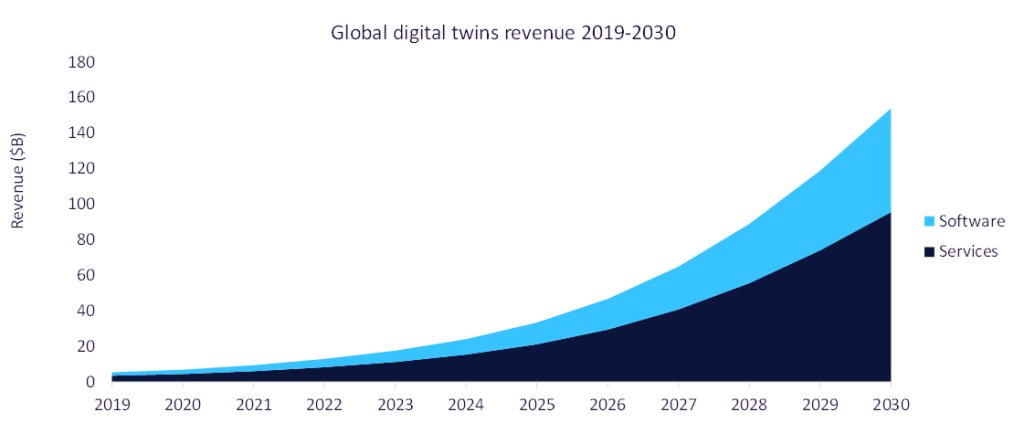Oil prices have remained largely stable due to strong global demand after falling for two consecutive days earlier this week.
US West Texas Intermediate (WTI) crude futures CLc1 increased 7 cents, or 0.1%, to trade at $61.03 a barrel, while Brent crude futures LCOc1 edged up by 1 cent to reach $64.90 per barrel, according to Reuters.
However, soaring US production continues to restrict oil prices.
Signs of healthy demand emerged from a projection made by OPEC that oil consumption is set to register a growth of 1.62 million barrels per day (bpd) this year.
Meanwhile, US crude output C-OUT-T-EIA increased last week to 10.38 million bpd, which represents a rise of more than 23% since mid-2016.
Commercial crude inventories C-STK-T-EIA also jumped five million barrels to touch 430.93 million barrels.
How well do you really know your competitors?
Access the most comprehensive Company Profiles on the market, powered by GlobalData. Save hours of research. Gain competitive edge.

Thank you!
Your download email will arrive shortly
Not ready to buy yet? Download a free sample
We are confident about the unique quality of our Company Profiles. However, we want you to make the most beneficial decision for your business, so we offer a free sample that you can download by submitting the below form
By GlobalDataBrokerage Phillip Futures was quoted by the news agency as saying in a note: “Surging US output levels will continue to undermine OPEC’s efforts for stronger oil prices.”
Data released by OPEC pointed to a potential rise in non-member oil supply by almost two times when compared to the projection made four months ago.
Supply from non-OPEC producers is expected to be 1.66 million bpd this year, which exceeds the projected demand and indicates a potential oversupply in the market.
The prediction that the likelihood of an abundance of supplies may force the OPEC-led group to consider extending the time period of output cuts.
OPEC and Russia have been engaged in supply cuts since January last year to help stabilise the oil market.







